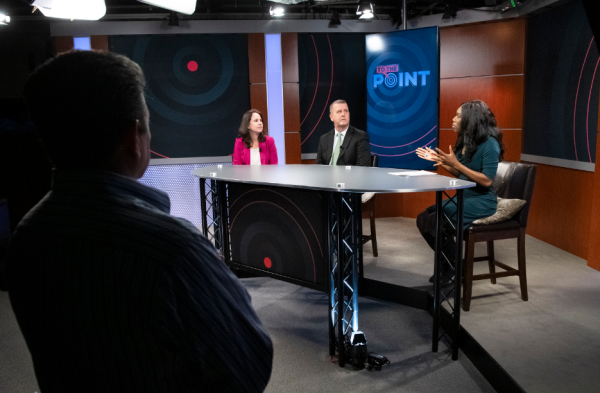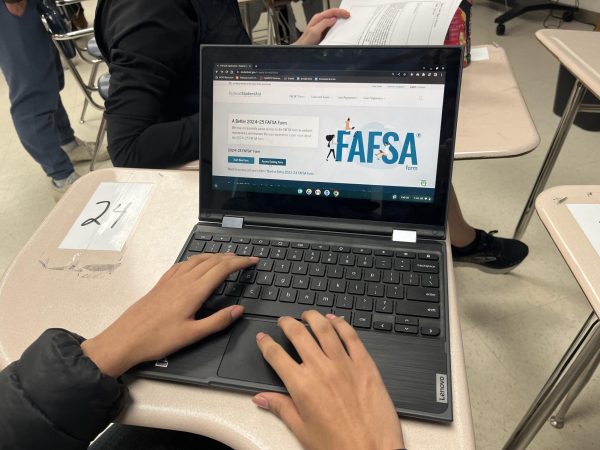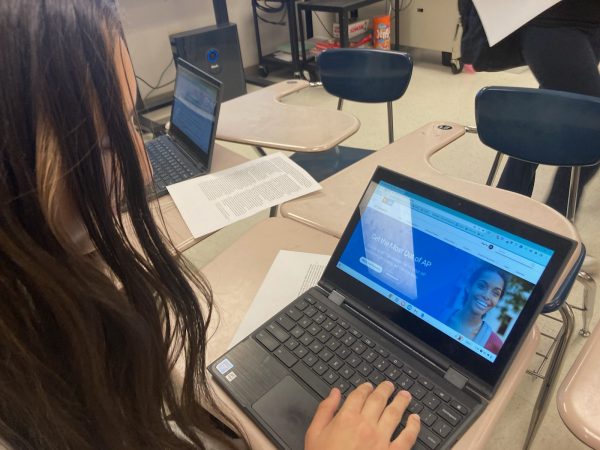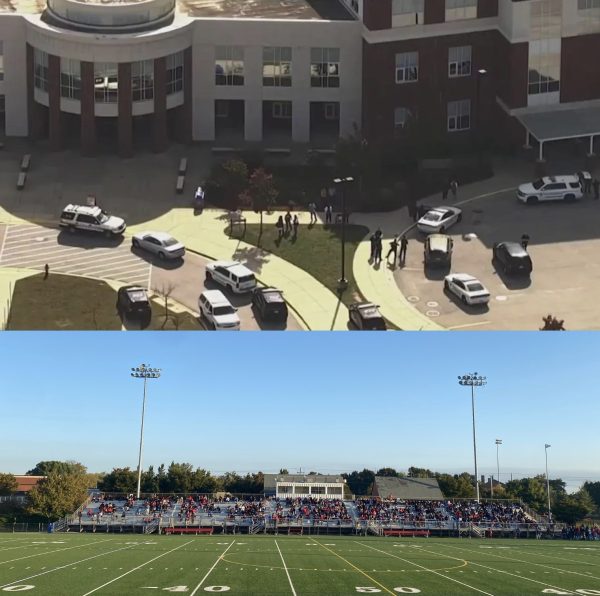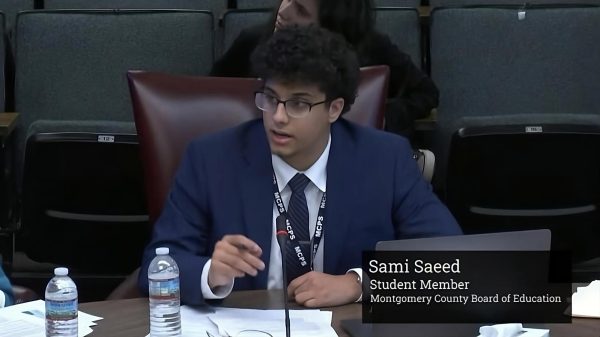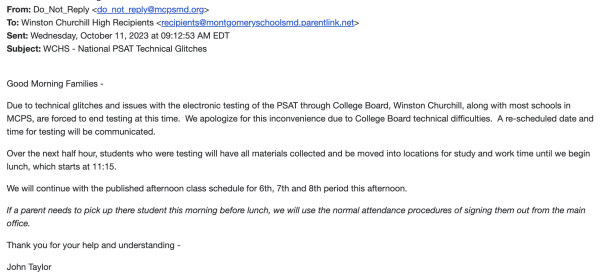CPR now a graduation requirement
May 27, 2015
Starting in the 2015-16 school year, all incoming freshmen will be required to learn hands-only CPR and how to use an automated external defibrillator (AED) as a graduation requirement in all Maryland schools.
The requirement comes from the April 2014 Breanna’s Law, which was named after a Maryland high school student whose life was saved by the use of CPR during a field hockey match.
According to the American Heart Association (AHA), 70 percent of Americans feel that if they witnessed a cardiac emergency, they would not act on it because they either feel that they do not know how to help or that they would hurt the victim. However, hands-only CPR can dramatically increase the chance of survival for a cardiac arrest victim.
Breanna’s Law states that school districts can decide what class CPR will be taught in and how to add it to the curriculum, as long as the training is based on a program from a nationally recognized company and follows the most current guidelines. In addition, the school districts will decide whether students will get CPR certification in addition to the instruction.
According to the MCPS Public Information Office, CPR will be taught in health classes as part of the safety and injury prevention unit. If MCPS decides to certify students, then the teachers who teach the class must be certified as well. Health teachers have already been trained on the use of the CPR and AED materials.
“It all has to come from the county,” Principal Joan Benz said. “It’s got to be uniform, as far as curriculum and who it will be taught by.”
According to the American Heart Association, in hands-only CPR, students will learn that when they see a cardiac emergency, they should immediately call 911. Then, they should push their hands into the chest of the victim to the beat of the 1977 song “Staying Alive” by the Bee Gees.
The AHA is working to make CPR education more accessible and easier to understand. By learning it at a young age, students’ chances of saving a life increase significantly.
Freshman Gaurav Gandhi became certified in CPR because it was a requirement to become a lifeguard.
“It wasn’t too hard to learn,” Gandhi said. “It’s good to have it because something could always happen.”
Maryland is the 13th state to require CPR education in schools.
Benz is looking forward to the introduction of the new graduation requirement.
“It’s certainly a valuable skill for people to have,” Benz said. “Hopefully, they’ll never have to use it.”


